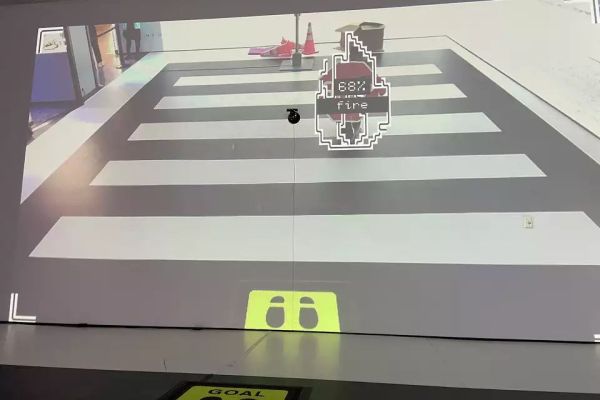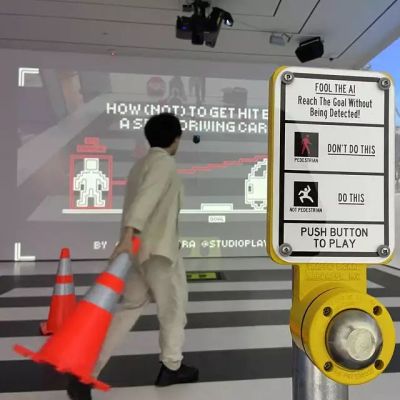The Linux command wall is a hold-over from the way Unix machines used to be used. It’s an abbreviation of Write to ALL, and it was first included in AT&T Unix, way back in 1975. wall is a tool that a sysadmin can use to send a message to the terminal session of all logged-in users. So far nothing too exciting from a security perspective. Where things get a bit more interesting is the consideration of ANSI escape codes. Those are the control codes that moves the cursor around on the screen, also inherited from the olden days of terminals.
The modern wall binary is actually part of util-linux, rather than being a continuation of the old Unix codebase. On many systems, wall runs as a setgid, so the behavior of the system binary really matters. It’s accepted that wall shouldn’t be able to send control codes, and when processing a message specified via standard input, those control codes get rejected by the fputs_careful() function. But when a message is passed in on the command line, as an argument, that function call is skipped.
This allows any user that can send wall messages to also send ANSI control codes. Is that really a security problem? There are two scenarios where it could be. The first is that some terminals support writing to the system clipboard via command codes. The other, more creative issue, is that the output from running a binary could be overwritten with arbitrary text. Text like:
Sorry, try again.
[sudo] password for jbennett:
You may have questions. Like, how would an attacker know when such a command would be appropriate? And how would this attacker capture a password that has been entered this way? The simple answer is by watching the list of running processes and system log. Many systems have a command-not-found function, which will print the failing command to the system log. If that failing command is actually a password, then it’s right there for the taking. Now, you may think this is a very narrow attack surface that’s not going to be terribly useful in real-world usage. And that’s probably pretty accurate. It is a really fascinating idea to think through, and definitively worth getting fixed. Continue reading “This Week In Security: Peering Through The Wall, Apple’s GoFetch, And SHA-256”















